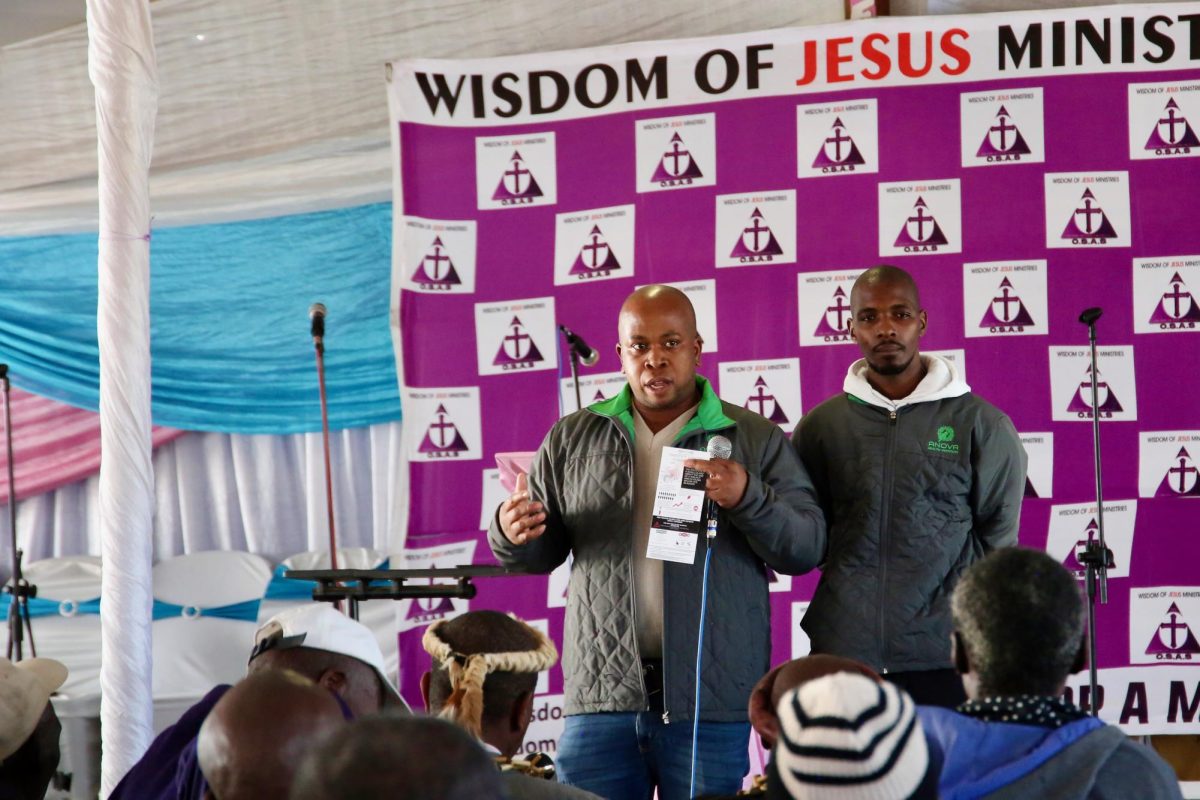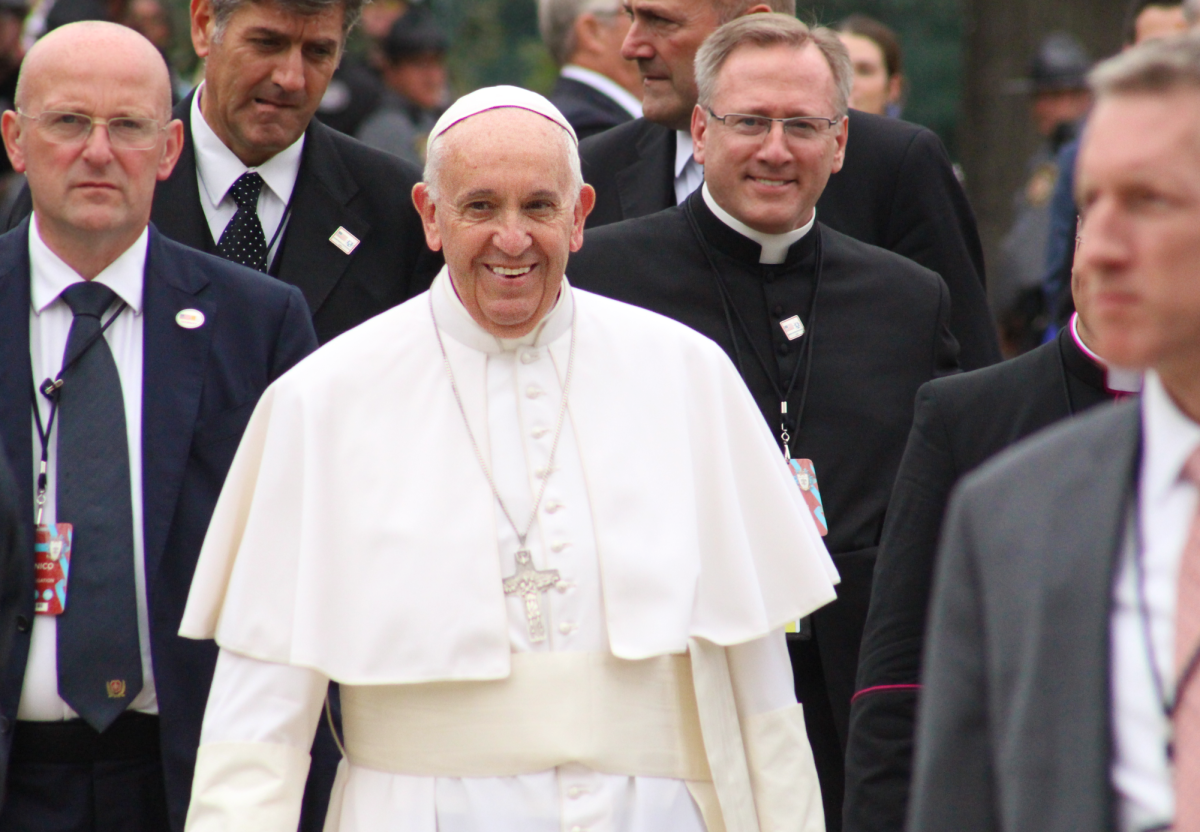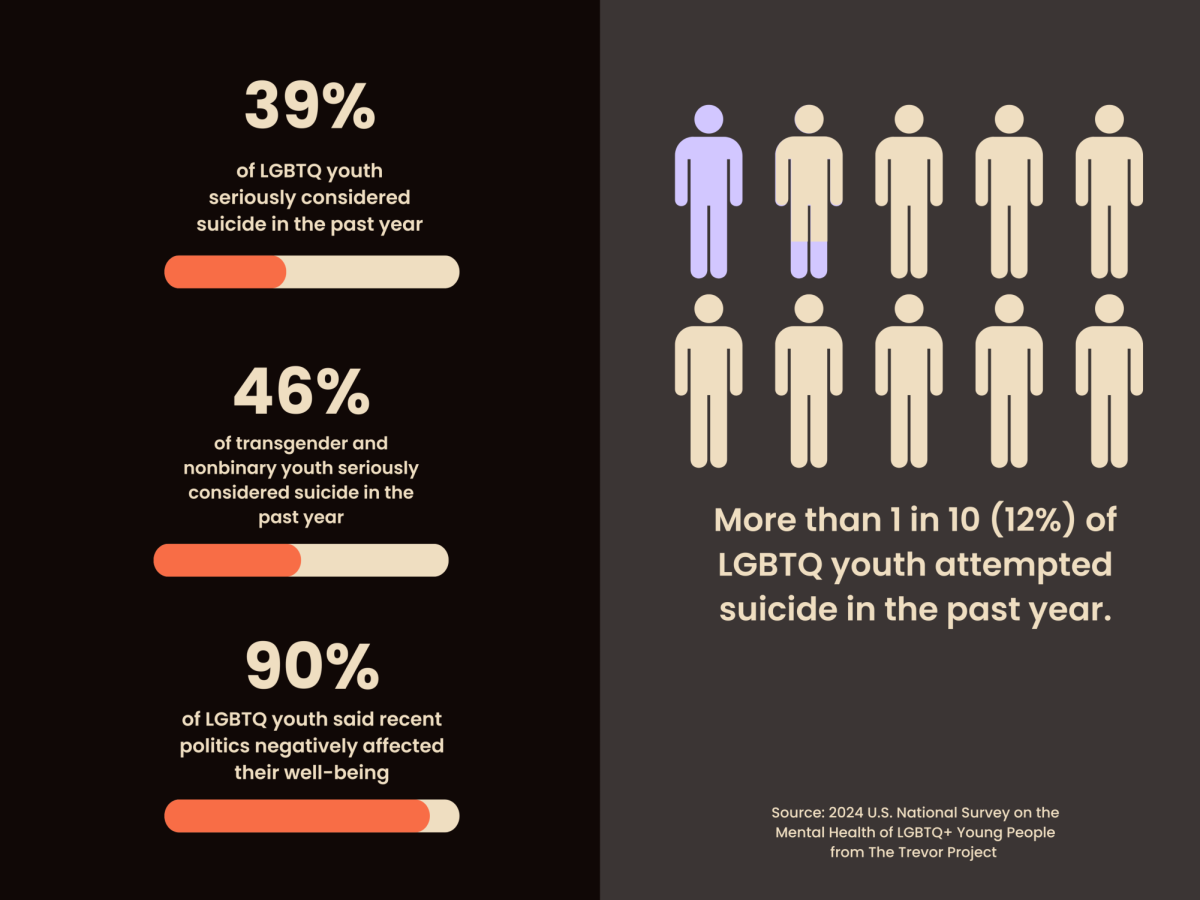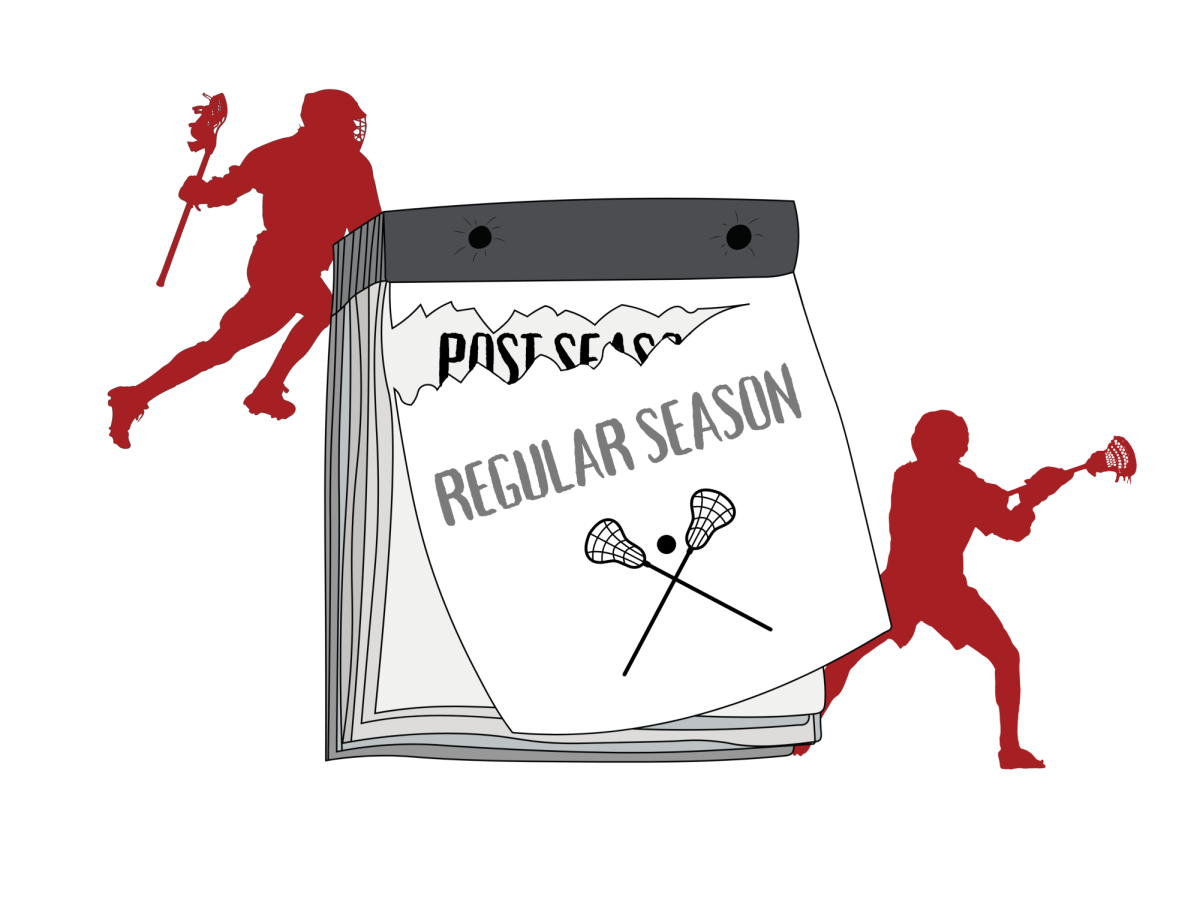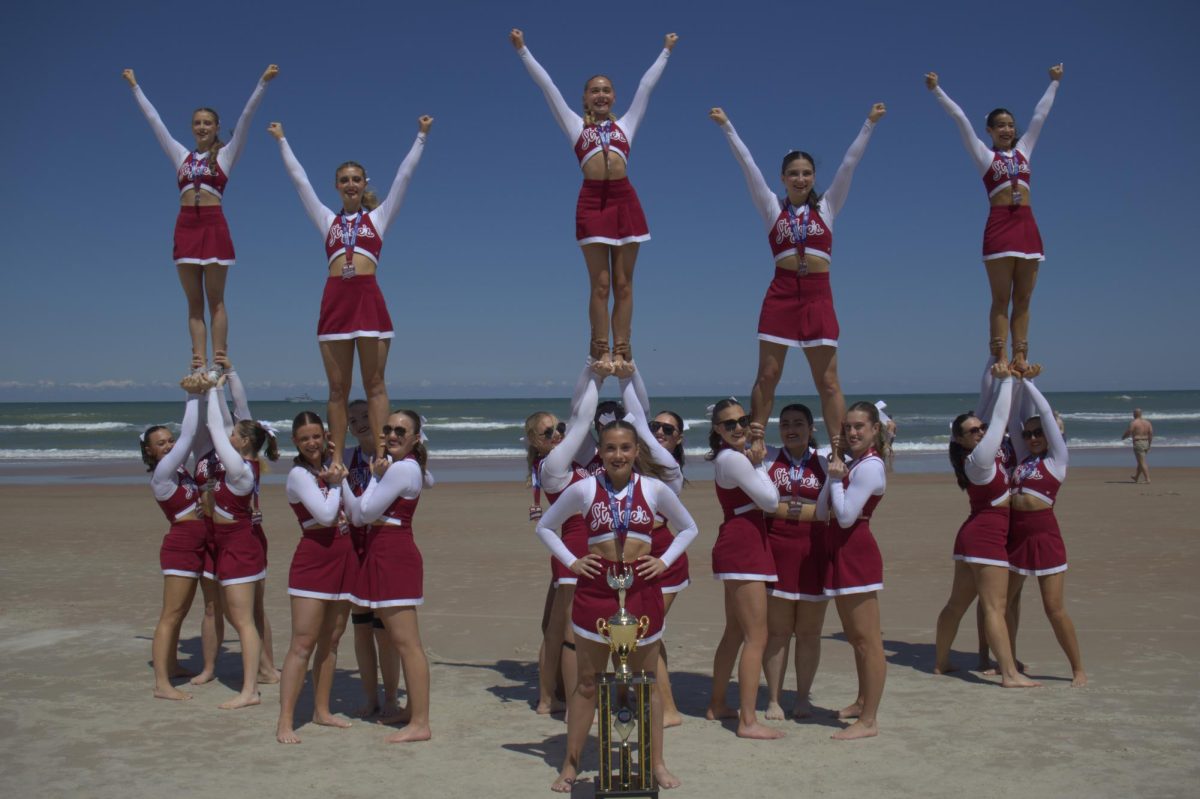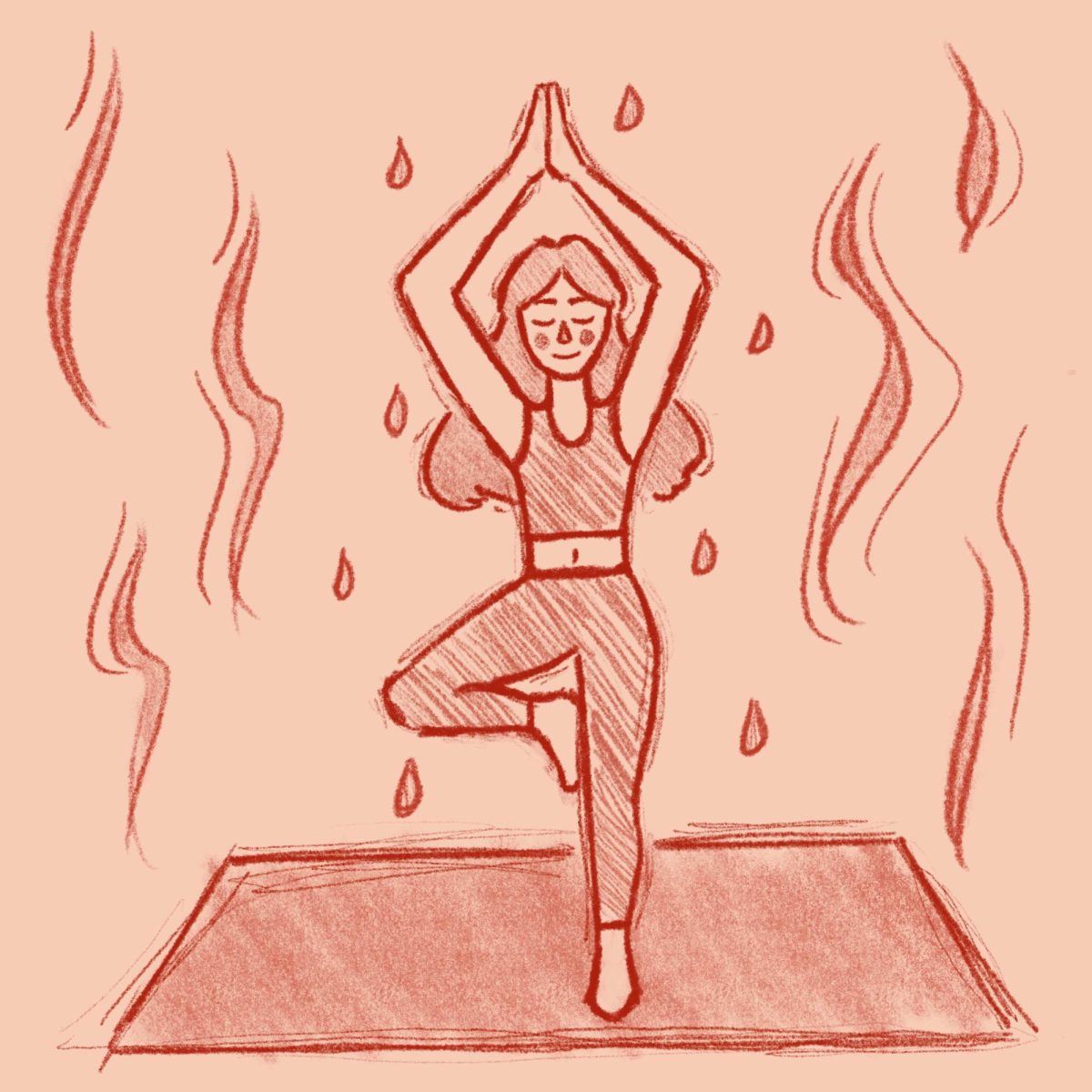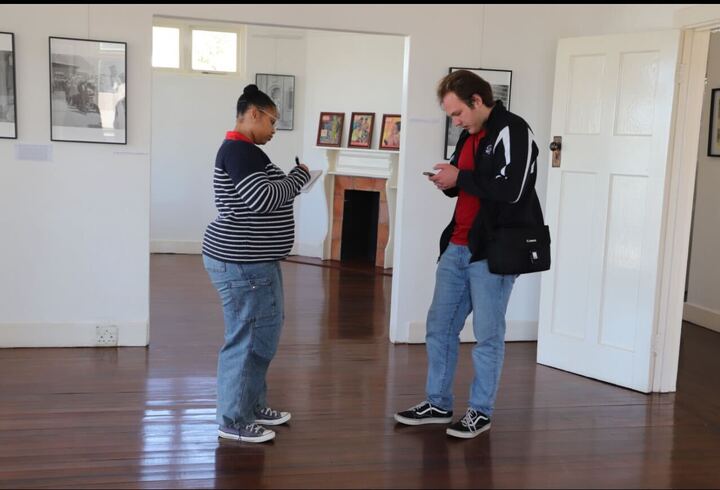Clarifying public safety’s intervention policies
From van training to late night escorts home, all of us will interact with St. Joe’s public safety at one point or another during our time on Hawk Hill. They are often the first people we think to call in everyday situations, like when we are locked out of our dorms or stranded on campus after the shuttle stops running.
Even with our frequent interactions with public safety officers, it is not common knowledge how or even if officers are expected to respond to situations which do not involve members of the St. Joe’s community.
This impacts who students are expected to call if they witness an incident on or near campus, including the heavily congested City Avenue.
Last week, a member of The Hawk staff witnessed a collision between a car and motorcycle at the intersection of City Ave and Lapsley Lane. No one involved in the collision was visibly injured and all parties moved onto Lapsley Lane while they figured out their next steps.
The Hawk staff member asked a friend who was with them at the time to call St. Joe’s public safety. While their friend was on the phone, a senior administrator who was on Lapsley Lane came over.
The Hawk staff member relayed to the senior administrator that there had been a collision at the intersection, that no one appeared to be hurt and that their friend was calling public safety.
The senior administrator asked the staff member if the collision involved a St. Joe’s student. When they said that they weren’t sure, the senior administrator advised them to call the Lower Merion police, adding to The Hawk staff member that the collision was not a university concern.
When public safety eventually arrived on the scene, after taking over two minutes to tell The Hawk staff member’s friend that they were going to dispatch an officer, their first question for the staff member was if the collision had involved a St. Joe’s student, to which The Hawk staff member said that they didn’t know.
Repeated questioning about whether the collision involved a student indicates that the primary concern of the senior administrator and the public safety officer was the University’s liability, rather than the safety of those involved in the collision.
Beyond that, the conflict between the administrator’s insistence to call local police and the staff member’s first instinct to call campus public safety speaks to a broader issue that students face when determining which situations fall within the purview of the Office of Public Safety & Security and which do not.
The natural response when one witnesses an accident is to call for help. Off-campus, that requires dialing 911, but on-campus our first impulse is usually to call public safety, as we know that they are a consistently available resource trained to respond to a range of situations, as well as being the closest resource in proximity to campus.
During the University Student Senate’s (USS) Sept. 24 meeting, Art Grover, director of St. Joe’s Office of Public Safety & Security, briefed the USS on current initiatives within the Office of Public Safety & Security. Grover clarified that officers are permitted to intervene directly in emergencies that do not involve members of the St. Joe’s community.
Grover added that all public safety officers completed 40 hours of first-responder training during summer 2018 to assist in emergencies where someone has been physically injured.
Grover’s clarification contradicts the senior administrator’s assertion to The Hawk staff member that a traffic collision on City Ave is strictly a matter for local police.
Having transparency regarding the fact that public safety officers are indeed permitted to intervene in emergencies involving people who are not St. Joe’s-affiliated is crucial.
Students, who are not sure if public safety officers are permitted to intervene, may be hesitant to contact public safety should they witness an emergency.
There is uncertainty among students regarding which situations fall within the jurisdiction of public safety.
A section of the Office of Public Safety & Security website which clearly stated expectations for public safety’s intervention in situations involving both members and non-members of St. Joe’s community would go a long way in increasing transparency.
Our Jesuit values, which we often turn to when faced with complex questions like these, tell us that we are people “with and for others.”
Intervening when someone needs assistance, whether that involves calling for help or a simple “what can I do?” is something we expect from each other as students, and as community members. Everyone else should be able to expect that from us, too.



